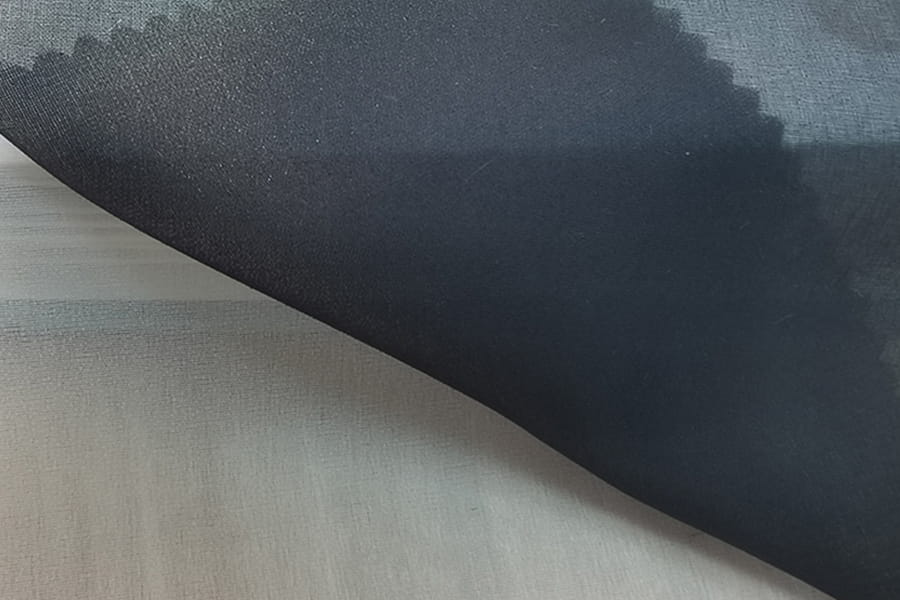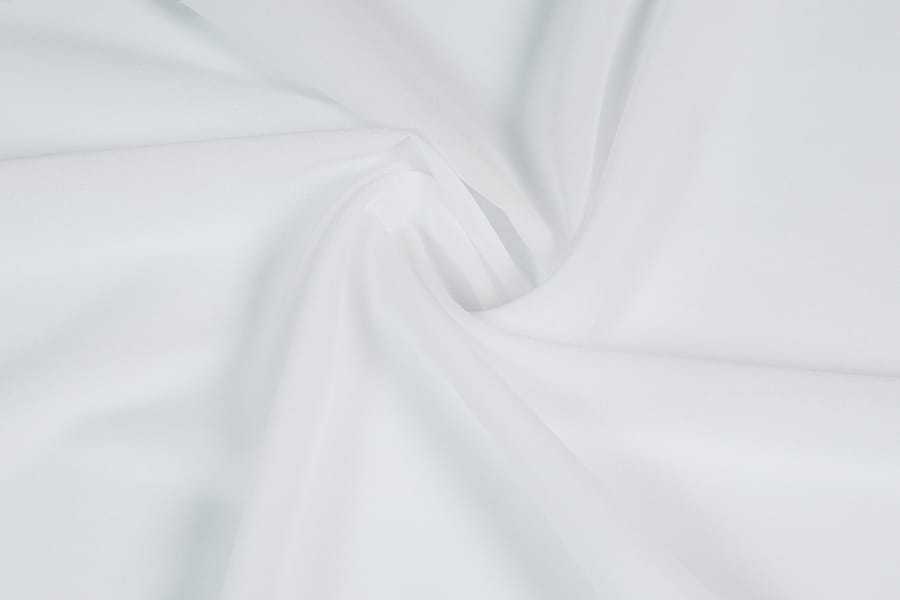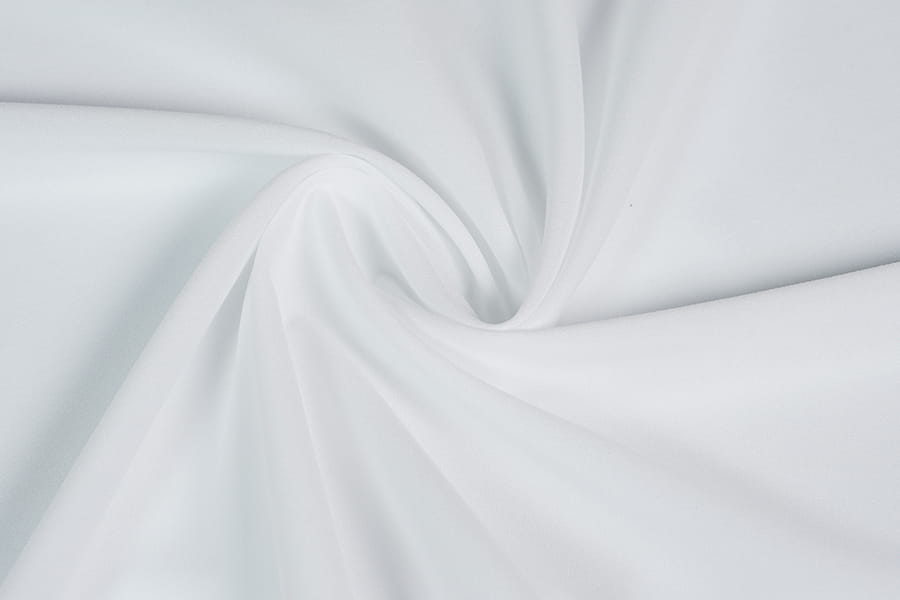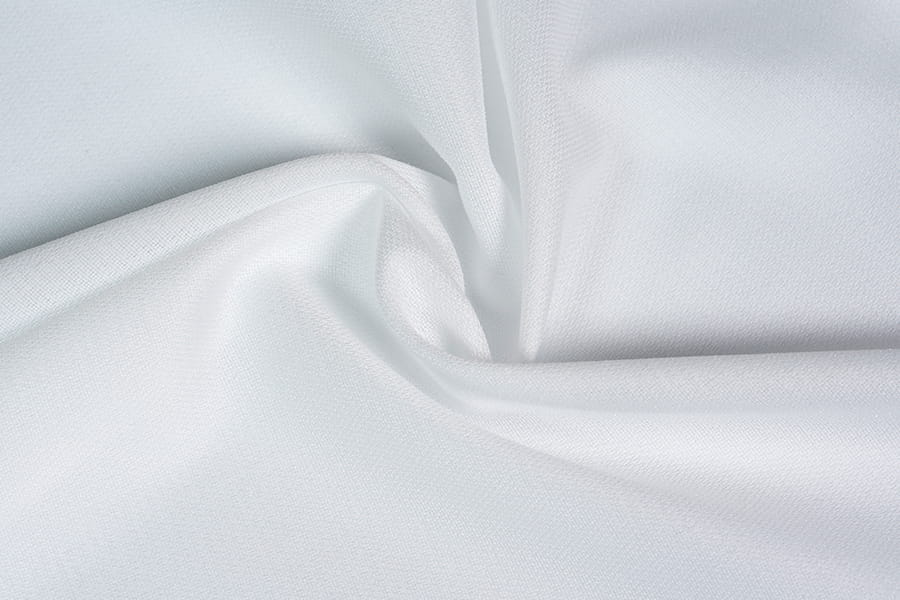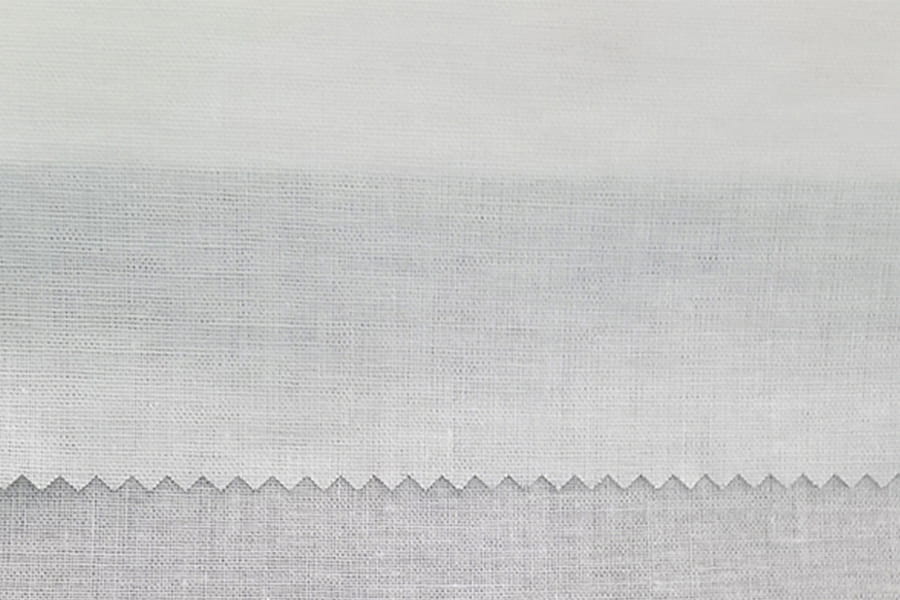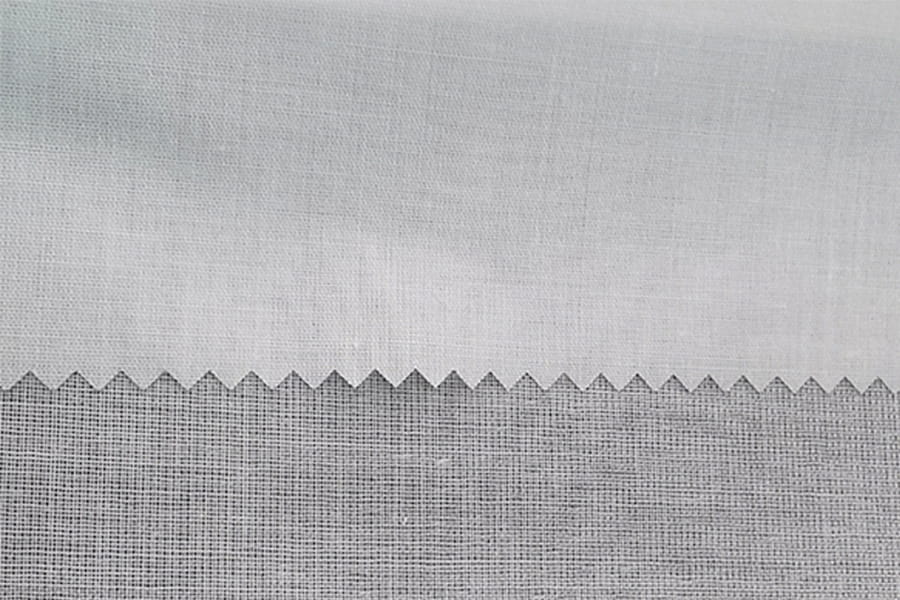Functional lining fabrics are a vital part of modern clothing, In garments designed for high performance, such as outerwear, sportswear, and activewear. These fabrics are engineered to provide far more than just structure and support to a garment; they enhance both the comfort and durability of the clothing in numerous ways, making them an essential component in many types of apparel.
The comfort provided by functional lining fabrics is one of their most important benefits. Many functional linings are made from moisture-wicking materials, such as polyester or nylon, which draw sweat away from the body and move it to the surface of the fabric where it can evaporate. This is especially useful in activewear, sportswear, or outdoor gear, where moisture management is crucial for maintaining comfort during intense physical activity or in warm environments. By keeping the skin dry, these fabrics help to maintain a comfortable body temperature, preventing the discomfort that comes with excess moisture, such as chafing, itching, or feeling overheated. Some functional linings are designed to be highly breathable, made from materials like mesh or micro-perforated fabrics that allow air to circulate freely within the garment. This ventilation further contributes to comfort by reducing the buildup of heat and moisture, particularly in clothing worn in hot or humid conditions. As a result, the wearer is less likely to feel clammy or overheated, which can significantly improve their experience.
Beyond moisture management, functional linings also help in temperature regulation, contributing to a comfortable fit in a wide range of conditions. Many functional linings incorporate insulation properties, such as those found in materials like Thinsulate, which retain warmth without the bulkiness of traditional padding. This makes the garment lighter and more comfortable, especially in cold weather. Certain functional linings are made from fabrics that incorporate phase change materials (PCMs), which absorb and release heat to maintain a stable temperature inside the garment. This dynamic adjustment ensures that the wearer is neither too hot nor too cold, enhancing comfort whether they’re braving cold winter conditions or seeking relief from the heat.
In terms of durability, functional lining fabrics are engineered to withstand the rigors of daily wear, especially in high-stress areas. These linings are made from strong, abrasion-resistant materials like ripstop nylon, polyester, and other tough synthetics that help prevent wear and tear. This is particularly important in outerwear or gear that’s frequently exposed to friction, such as jackets, backpacks, and workwear. By adding a layer of durability to the garment, functional linings protect the outer fabric from damage caused by rough surfaces or constant use. The durability of these linings is not limited to their resistance to physical damage; they also contribute to the overall lifespan of the garment. The added strength from these linings helps prevent seams from coming apart or fabric from wearing thin, meaning the clothing will last longer, even under harsh conditions. This is especially useful in garments that are exposed to constant stress or movement, such as activewear, which sees a lot of stretching and pulling.
Another important aspect of durability is the protection functional linings provide against the elements. Many functional linings are waterproof or water-resistant, which helps to keep the wearer dry in rainy or wet conditions. These linings are made from materials like Gore-Tex or other laminated fabrics that prevent water from seeping through the outer layers. This is particularly beneficial in outdoor clothing, such as jackets, pants, and boots, where staying dry is essential to maintaining comfort and warmth. Waterproof linings not only protect against rain but also help to maintain the insulation properties of the garment, preventing the cold from penetrating the clothing and ensuring that the wearer stays warm.

 English
English 中文简体
中文简体 русский
русский Español
Español